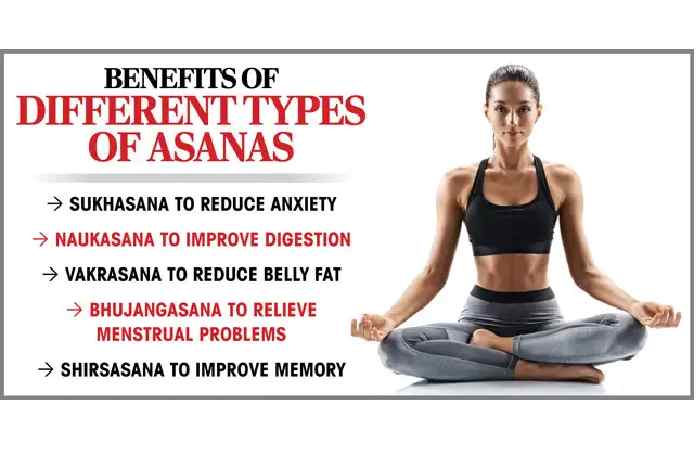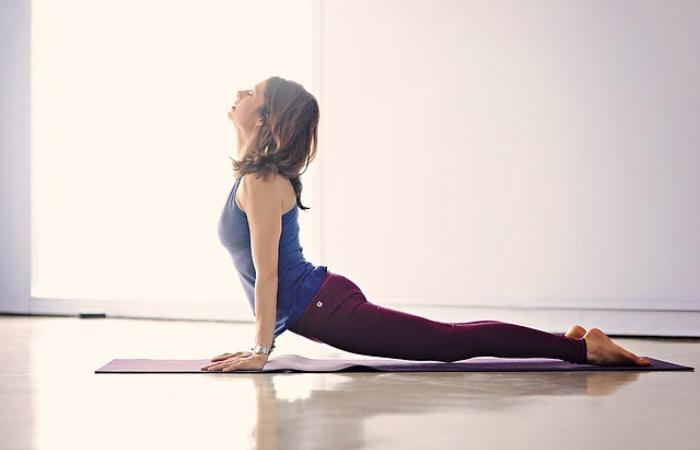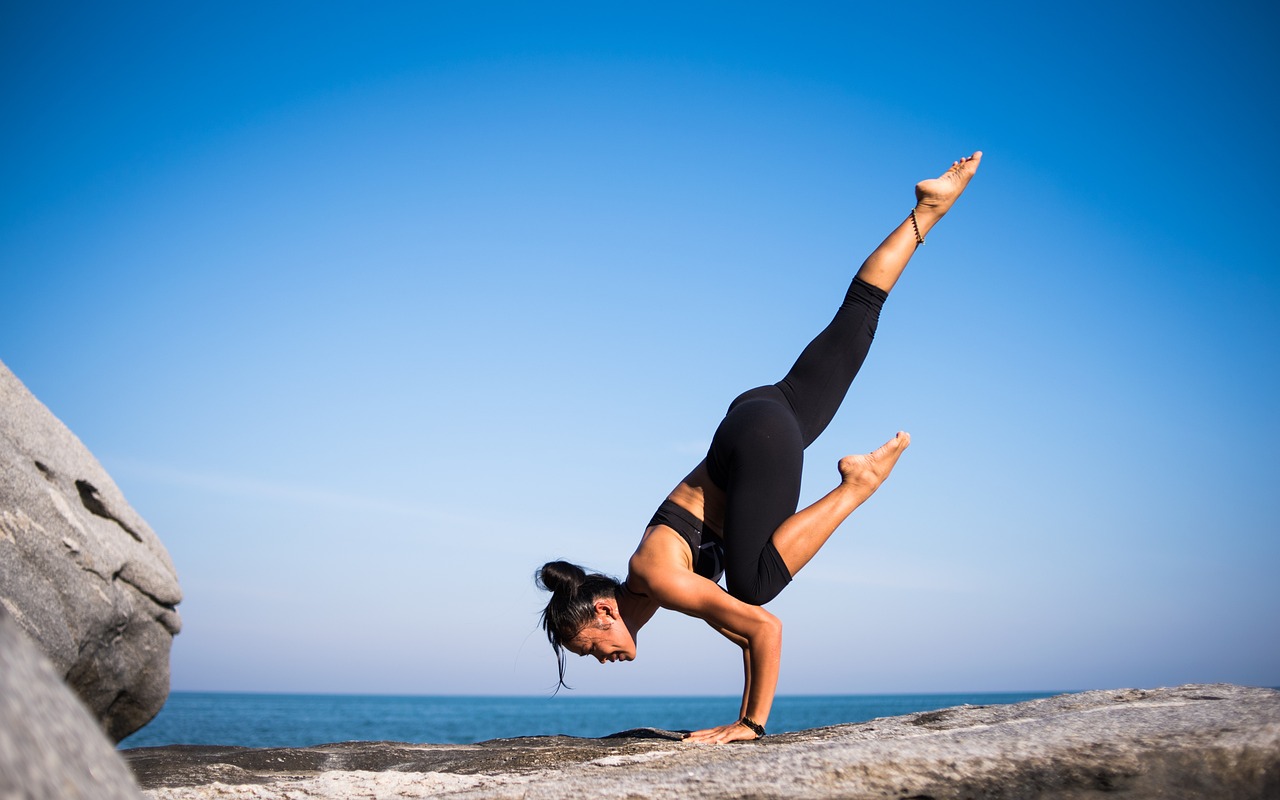Yoga Poses – Yoga is a body posture performed to benefit both body and mind. Yoga is not new in our culture; our ancestors have performed it for ages. Now, more people have started to realize its importance and start doing it. Studies have found that yoga asanas can help one lose weight, get more flexibility, improve the heart’s health and digestion, and many more.
Benefits of Yoga Asanas

Practicing yoga asanas or poses helps control a person’s mind, body, and soul. It combines physical and mental disciplines to complete a peaceful body and mind; it helps to achieve stress and anxiety and relaxes you. Yoga also helps increase flexibility, muscle strength, and body tone. It improves respiration, energy, and vitality. Practicing asanas might seem like stretching, but it can do much more for your body based on how you feel, look, and move.
Below, we have compiled a comprehensive list of yoga asanas or poses that will help keep your mind and body healthy and fit.
Types of Yoga Poses

There are hundreds of yoga poses, but there are essential movements to bring you into your practice:
Standing Yoga: poses are often done first in a yoga class to “build heat” as a warmup. In vinyasa flow, standing yoga poses are performed sequentially to form sequences. Hatha classes typically have yogis do standing poses with rest between.
Balancing Yoga poses: Beginners’ balances are essential for building core strength for advanced yoga poses. Though balances may seem interesting initially, they will improve with regular practices.
Backbends: Beginners start with gentle spine flexion (bending forward) and extension (bending backward), finally moving to deeper bends. Since daily life infrequently requires you to move like this, backbends are critical for spinal health and longevity.
Seated Yoga poses: Seated stretches, fastening on hipsterism and hamstring mobility, remain generally completed near the end of a yoga class when your body is warm. Placing a folded yoga mask or block under your butt is a brilliant way to make yourself more comfortable.
Resting or supine : Getting to know your resting yoga acts, especially your child’s disguise, which you’re encouraged to do whenever you need a break, is essential. These resting yoga acts continue hipsterism and hamstring work, giving gentle back-bending, twisting, and inversion.
Dhanur Asana Or Bow: Pose this asana to stretch the complete body. It benefits weight loss and boosts digestion and blood circulation. It is a very effective yoga pose for making the back flexible.
Technique: Lie down on the ground on your belly. Bend the knees backward. Hold the feet with hands below the ankles. Take a deep breath and raise the chest as high as possible. Now, stretch the feet so that your body takes the shape of a bow. Stay in this position as long as you can. While breathing out, relax the body and come in the initial position. Repeat this Aasan 3-4 times.
Sirsasana Or Headstand: Sirsasana, aka “the king of the asanas,” is one of the most challenging but has remarkable benefits. The asana includes the spine, brain, and entire nervous system and inspires the pituitary and pineal glands. The upside-down pose helps to ease irregularity and relieves nervous disorders and anxiety.
Technique: Take the support of a wall to begin with. Keep your spine straight with your head down and feet up. Use your hands to support yourself.
Conclusion
Yoga isn’t merely physical exercise; it’s a holistic approach to body, mind, and spirit. In our complex world, it continues to guide individuals toward a healthier, more fulfilling life amidst chaos. Its global appeal is a testament to the enduring relevance of its ancient wisdom in our modern lives.

